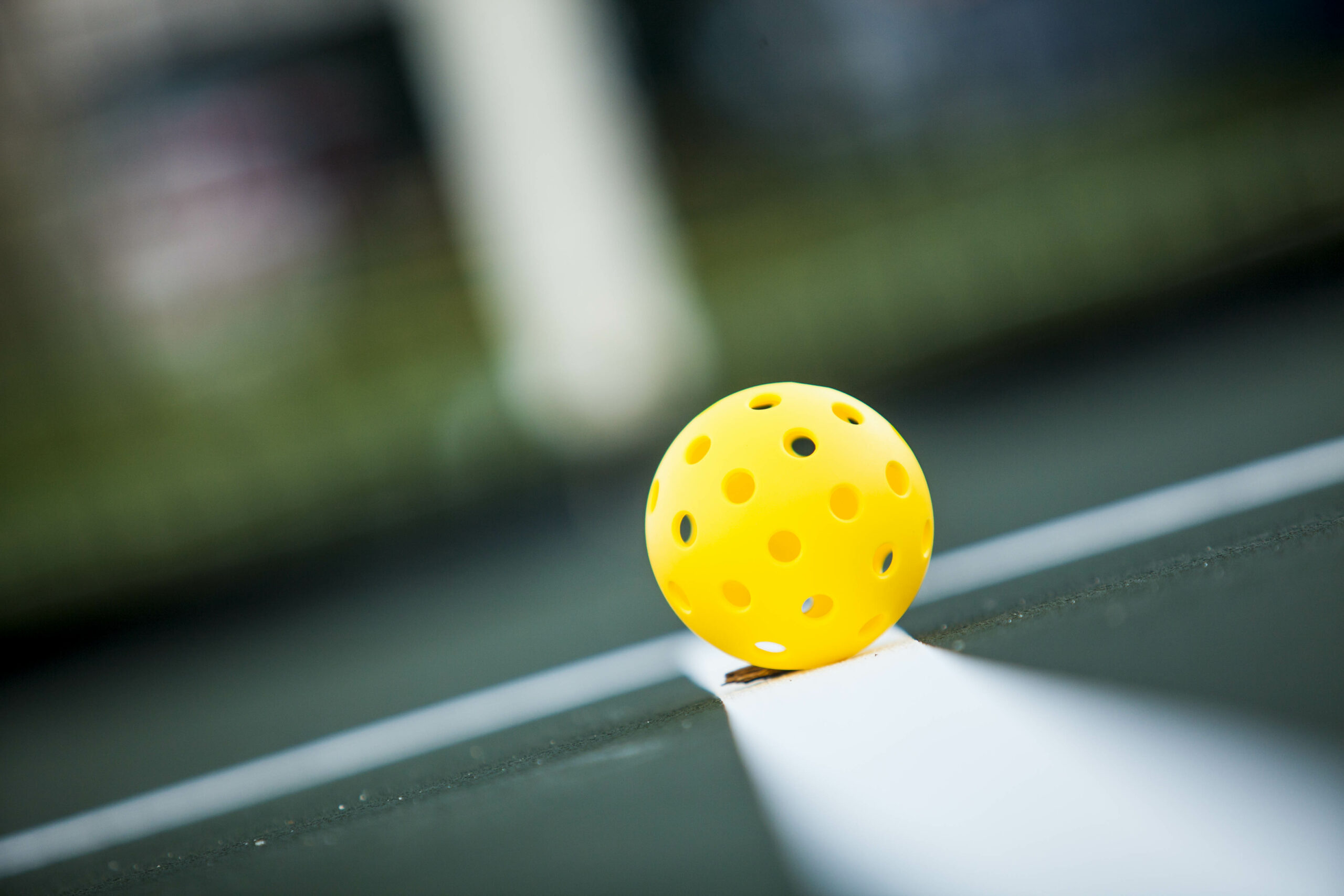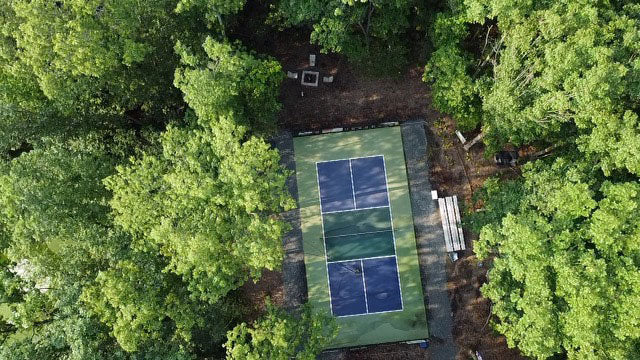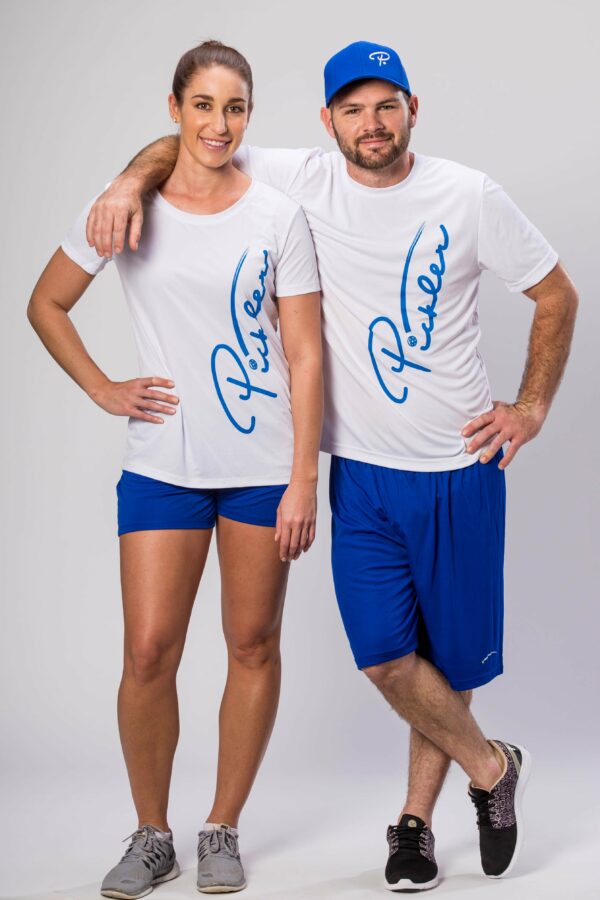Pickle and corn—two types of food that have so much in common for reasons that have nothing to do with food. Despite, or possibly in light of, the funny names, pickleball and cornhole are two sports that are sweeping the nation.
Cornhole is a game in which players take turns throwing corn-filled bags onto a raised platform with a hole in it, with the idea of landing the bag either in the hole or on the board of the platform. Another way of possibly describing cornhole is to think of horseshoes. However, instead of throwing two-pound horseshoes at a peg 40-feet away, players are throwing one-pound bags onto small platforms 27-feet away. Cornhole transforms horseshoes from a game of strength, skill, and aim to a game more focused on strategy, skill, and aim—BUT, it is much more than that.
Pickleball—commonly described as a combination of tennis, table tennis, and badminton—is a game in which players use a paddle to hit a whiffle ball over a net, with the idea of winning a rally by being the last person or team to hit the ball over the net and within the defined court. At a rudimentary level, pickleball can be thought of as mini-tennis, but with a few unique rules, such as an underhand serve and the concept of a Non-Volley Zone (affectionately called the “Kitchen”). Tennis is played on a court 78 feet by 36 feet in doubles, with a racquet that is typically 27 inches long and weighs 9 to 12+ ounces. In comparison, pickleball is played on a court just over half the size of a tennis court at 44 feet by 20 feet in both singles and doubles, with a paddle that is typically less than 16 inches long and weighs 6 and 9+ ounces. Further, a typical pickleball match takes less than half the time as a typical tennis match. Pickleball transforms tennis from a game of endurance, skill, and serve-focused (in other words, a good serve is a gamechanger), to a game, like cornhole, more focused on strategy, skill, and aim. BUT, again, it is much more than that.
Pickleball and cornhole transform sports with prolonged legacies into sports that are accessible to everyone and that can be played for a lifetime. Anyone of any age and any skill can step onto the pickleball court, or step up to the cornhole pitch, quickly learn the sport, play the sport, and have some level of success.
As alluded to, both pickleball and cornhole have shortened or shrunk the game playing area. Although this downplays the strength and endurance factor, the smaller playing area has created a community in and around these two sports. The smaller playing area brings the players on the pickleball court and the cornhole pitch closer together, which allows for more interaction and more socialization—in other words, more connection.
While it is possible to make both pickleball and cornhole as competitive as you want (do not be fooled by their recreational nature, both of these sports have proper professional tours), the essence of both of these sports is their social nature. Pickleball and cornhole have inspired millions of people to get off the couch and get their face out of their phones. People are connecting face-to-face across a cornhole pitch. People are breaking a sweat, losing weight (you can burn up to 600 calories per hour playing pickleball), and creating endorphins (which leads to happiness) on the pickleball court. And, most importantly, people are having fun, making friends, and finding their community in the real world, beyond the phone and computer screens.
The ability of these two sports to transform our society’s health, wellness, and ability to connect with others is boundless, and something we are in need of in today’s society.
So, what are you waiting for? Let’s pickle and corn.



